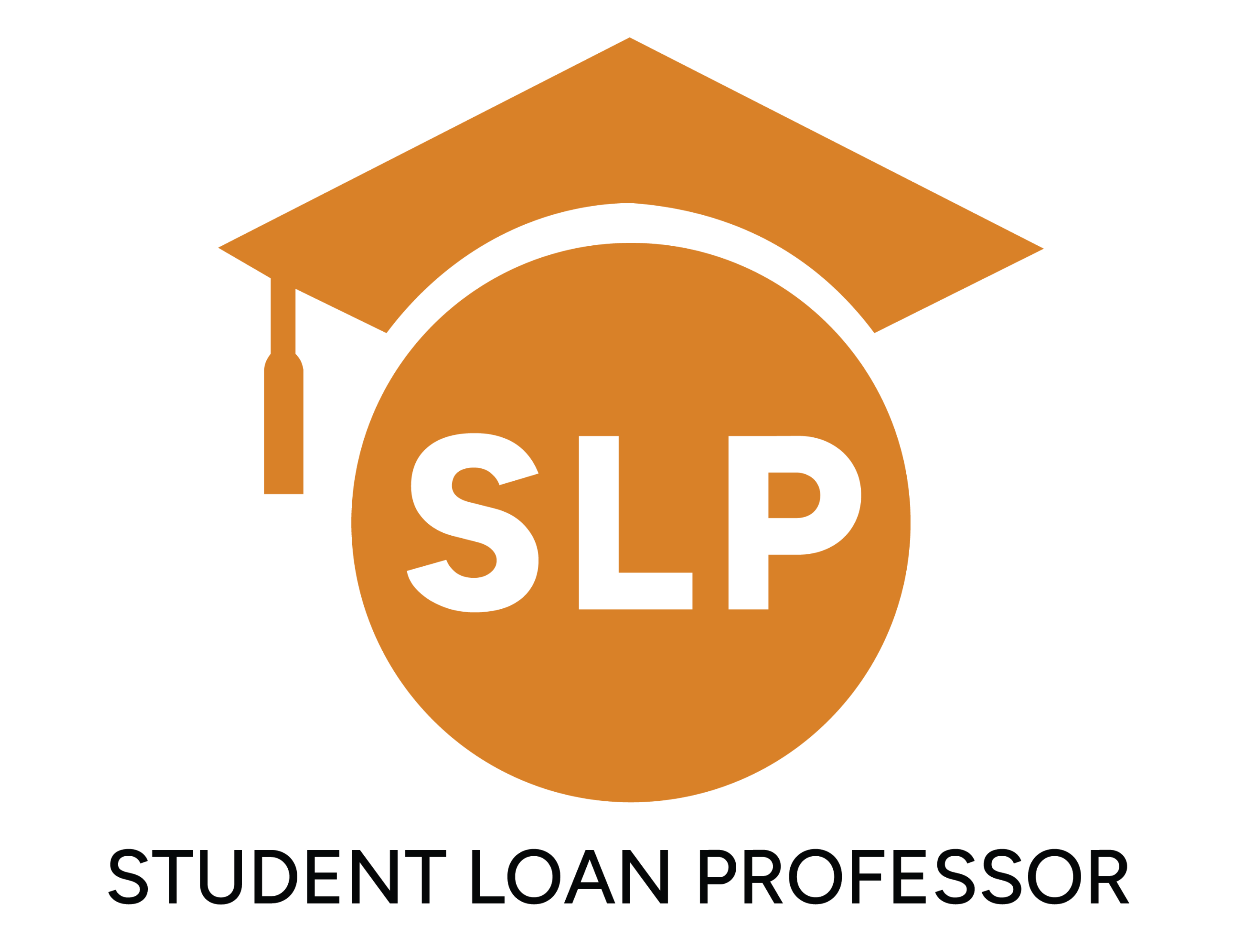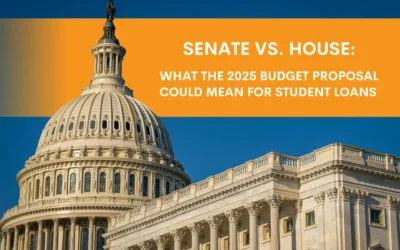Student PLUS Loans are a popular option for parents and graduate students looking to cover the costs of higher education. PLUS Loans offer the ability to cover the entire cost of attendance, unlike other federal student loans.
However, they come with higher interest rates and fees, so it’s important to understand how they work, their eligibility requirements, and repayment options before applying.
We’ll examine how Student PLUS Loans function to help you determine if they are suitable for your needs.
What Are Student PLUS Loans?
A PLUS loan is a type of federal student loan provided by the U.S. Department of Education under the William D. Ford Federal Direct Loan Program.
PLUS Loans are unsubsidized loans, meaning interest begins accruing immediately upon disbursement.
They’re divided into two categories:
- Parent PLUS Loan: For biological, adoptive, or eligible stepparents of dependent undergraduate students.
- Grad Federal Direct PLUS Loan: This is for graduate or professional students pursuing advanced degrees.
How Student PLUS Loans Work: Key Features
Loan Limits
- PLUS Loans allow borrowers to cover the total cost of attendance, including tuition, fees, room and board, and other expenses, minus any other financial aid received.
- Unlike subsidized or unsubsidized loans, PLUS Loans have no fixed borrowing limits, which makes them attractive for families needing substantial financial support.
Interest Rates and Fees
- Interest Rate: For loans disbursed between July 1, 2024, and June 30, 2025, the fixed interest rate is 9.08%.
- Origination Fee: A one-time fee of 4.228% is deducted from each disbursement.
Credit Check Requirements
Borrowers must undergo a credit check. An adverse credit history—such as recent bankruptcy, foreclosure, or default—may disqualify applicants. However, they can still qualify by:
- Adding an endorser (co-signer) with strong credit.
- Submitting a statement explaining extenuating circumstances.
Repayment Options
Repayment starts once the loan is fully disbursed, but deferment options depend on the loan type:
- Parent PLUS Loans: Parents can defer payments until six months after the student graduates or drops below half-time enrollment.
- Grad PLUS Loans: Payments are automatically deferred while the student is in school.
Eligibility Requirements
Parent PLUS Loans
- Borrowers must be the biological, adoptive, or eligible stepparent of a dependent undergraduate student.
- The student must be enrolled at least half-time in an eligible program.
- Both parent and student must meet general eligibility criteria for federal student aid.
Grad PLUS Loans
- Borrowers must be graduate or professional students enrolled at least half-time in an eligible program.
- They must meet general federal aid eligibility criteria and pass a credit check.
How to Apply for a Student PLUS Loan
- Complete the FAFSA: Both Parent PLUS and Grad PLUS borrowers must complete the Free Application for Federal Student Aid (FAFSA). This is the standard process for all federal student loans.
- Submit a PLUS Loan Application: Borrowers must complete a separate PLUS Loan application, which can be found on Studentaid.gov. This application verifies borrower details and allows for credit checks.
- Sign a Master Promissory Note (MPN): Borrowers agree to the loan terms by signing this legal document, which outlines repayment expectations and conditions.
- Loan Disbursement: Once approved, the funds are disbursed directly to the educational institution for tuition and fees. Any remaining balance after covering these expenses is typically refunded to the borrower within two weeks.
Repayment Options for PLUS Loans
PLUS Loans offer several repayment plans tailored to suit different financial situations:
- Standard Repayment Plan: The standard repayment plan includes fixed payments over a 10-year term. This option ensures borrowers pay off their loans quickly while minimizing interest costs.
- Graduated Repayment Plan: Payments start lower and increase every two years, making it ideal for borrowers expecting higher future earnings.
- Extended Repayment Plan: This plan is available to those owing more than $30,000 in direct loans. It allows for fixed or graduated payments over a term of up to 25 years.
- Income-Contingent Repayment (ICR) Plan: Parent PLUS Loans can qualify for ICR after being consolidated into a Direct Consolidation Loan. Payments are adjusted based on income, family size, and loan balance.
Pros and Cons of Student PLUS Loans
Pros
- High Loan Limits: You can borrow up to the full cost of attendance minus any other aid received.
- Fixed Interest Rates: A PLUS Loan provides predictability in repayment with consistent interest rates.
- Flexible Repayment Options: You can choose from several plans, including deferment.
- Loan Forgiveness Opportunities: As with most federal student loans, you might be eligible for Public Service Loan Forgiveness (PSLF) after consolidation.
Cons
- Higher Costs: Interest rates (9.08%) and origination fees (4.228%) are higher than other federal loans.
- Credit Check Required: Borrowers with adverse credit may face challenges.
- Limited Repayment Plans for Parents: Parent PLUS Loans offer fewer repayment options than graduate and professional students’ PLUS Loans.
- Risk of Over-Borrowing: PLUS Loans lack an overall borrowing cap, potentially leading to significant student loan debt.
Who Should Consider a Federal Direct Plus Loan?
- Parents who want to support their child’s education but have limited savings.
- Graduate students who have exhausted federal unsubsidized loans and need additional funding.
- Borrowers who prefer federal loan protections over private loan options.
Alternatives to Student PLUS Loans
If a PLUS Loan isn’t the best fit, you might have a better chance with scholarships, private loans, or other federal student loans.
- Federal Subsidized and Unsubsidized Loans: These loans typically offer lower interest rates and no origination fees for subsidized loans, but they come with borrowing limits.
- Scholarships and Grants: These are free sources of funding that don’t need to be repaid. Many opportunities are available through colleges, private organizations, and online search tools like Fastweb.
- Private Student Loans: Private lenders may offer competitive rates based on creditworthiness. These loans often require a co-signer and may lack the repayment flexibility of federal loans.
Tips for Maximizing the Benefits of Student PLUS Loans
- Be sure to borrow only what you need for essential expenses like tuition, living costs, and housing.
- Sign up for autopay to receive a 0.25% interest rate discount.
- Consolidate Parent PLUS Loans to access repayment plans such as Income-Contingent Repayment or qualify for PSLF.
- Ensure you make your student loan payments on time.
- Stay informed on federal loan updates and explore refinancing options to lower costs.
Ready to Start Your PLUS Loan Journey?
Whether you’re a parent, a graduate, or a working professional looking to finance your higher education, a PLUS Loan is an excellent option.
Contact the Student Loan Professor today, and we’ll help you secure a loan that fits your needs.
Brandon Barfield is the President and Co-Founder of Student Loan Professor, and is nationally known as student loan expert for graduate health professions. Since 2011, Brandon has given hundreds of loan repayment presentations for schools, hospitals, and medical conferences across the country. With his diverse background in financial aid, financial planning and student loan advisory, Brandon has a broad understanding of the intricacies surrounding student loans, loan repayment strategies, and how they should be considered when graduates make other financial decisions.




